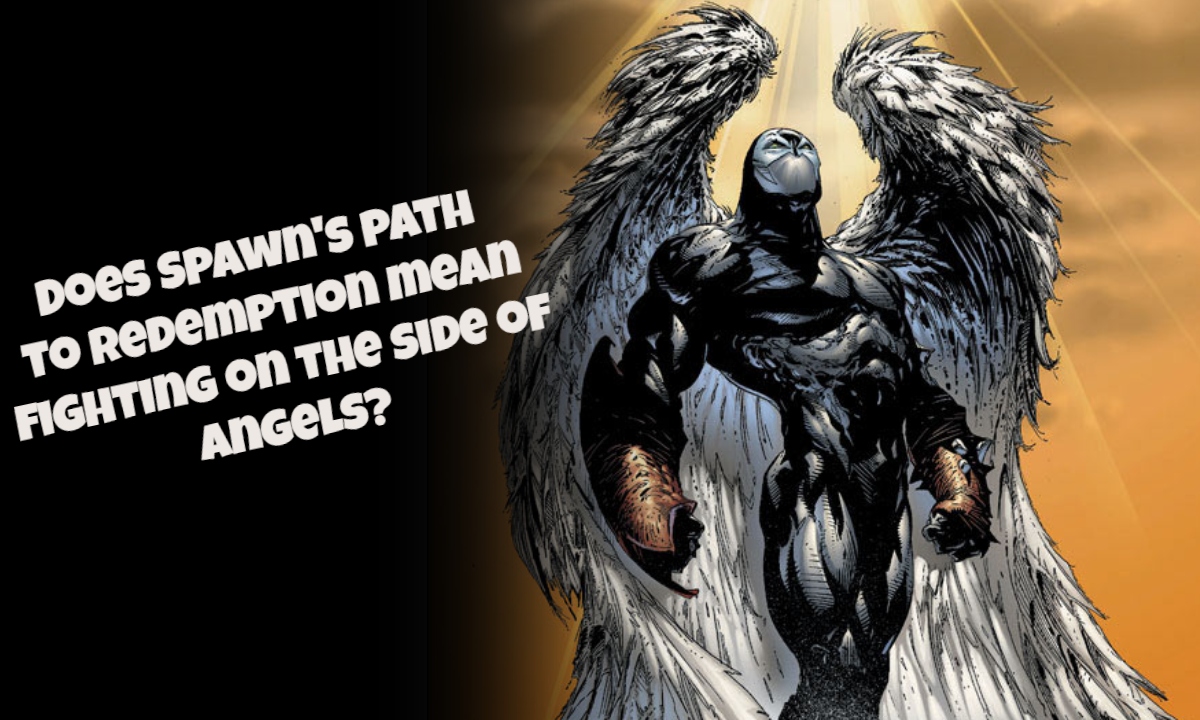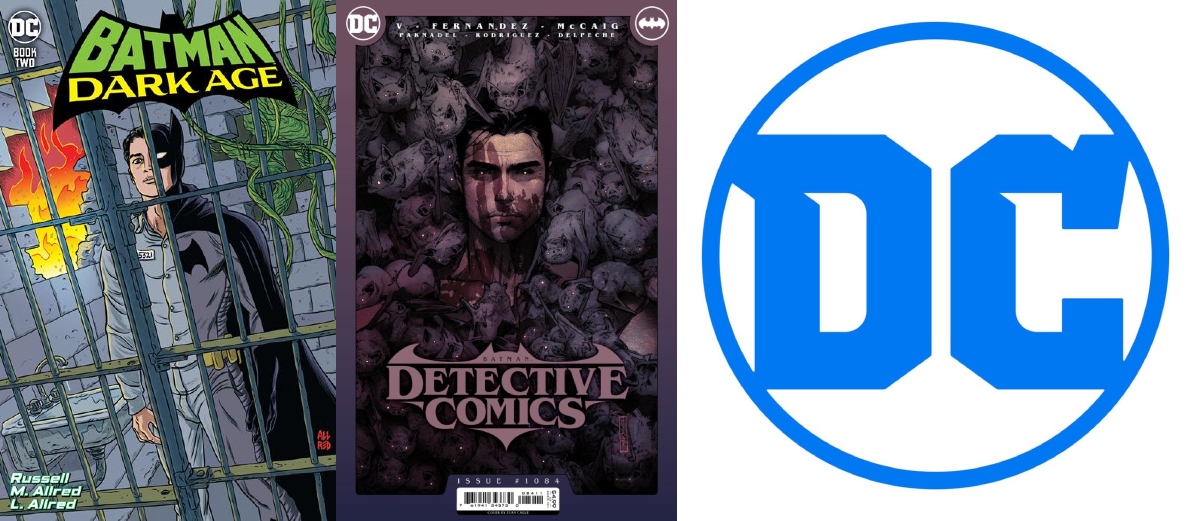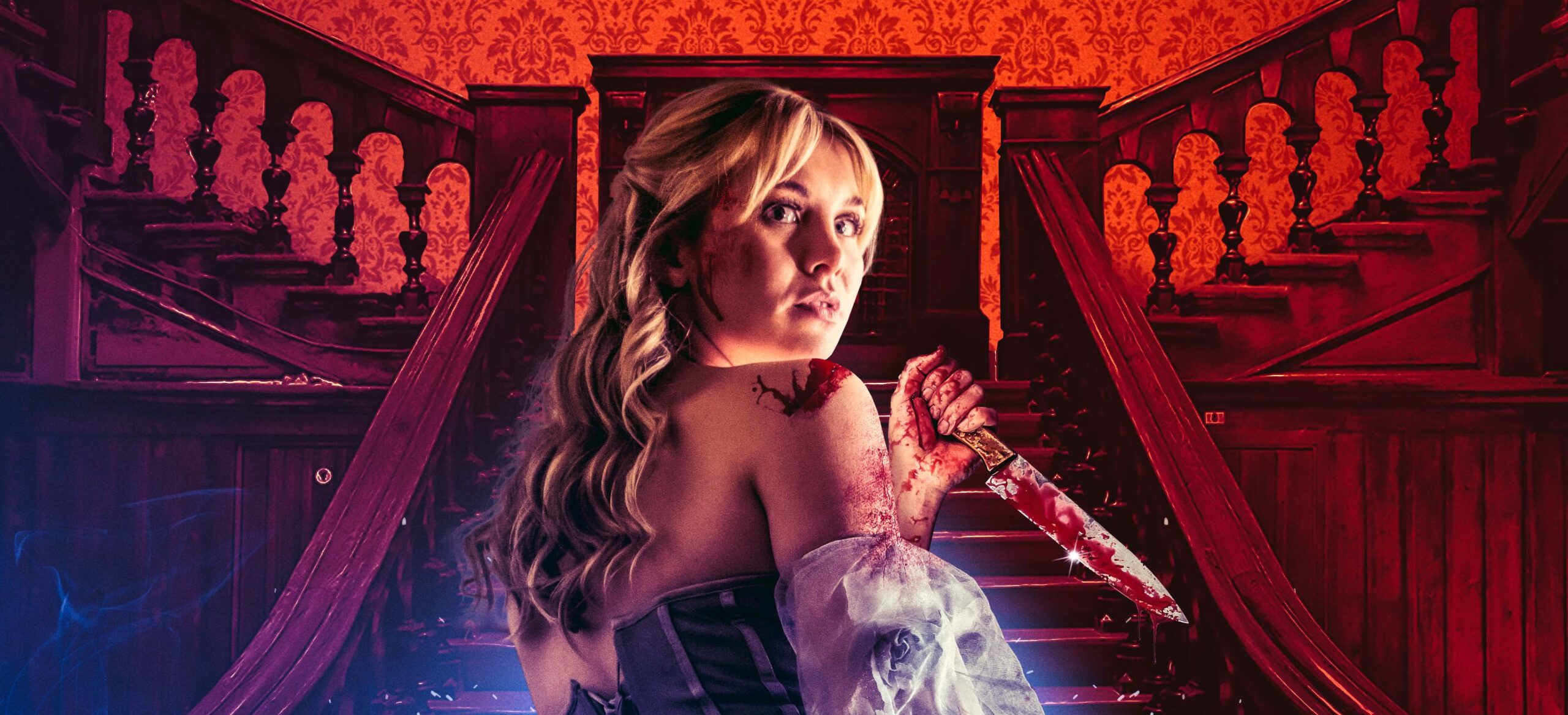![]()
Ever since his debut horror film The Orphanage was brought to the Cannes Film Festival in 2007 by producer Guillermo del Toro, director Juan Bayona has gotten attention as a filmmaker worth keeping an eye on. His 2012 follow-up The Impossible got Naomi Watts another Oscar nomination while also introducing many of us to Tom Holland, the latest actor to play Peter Parker in Sony and Marvel Studio’s 2017 release Spider-Man: Homecoming.
For his third film, A Monster Calls, which is adapted by Patrick Ness from his own novel (based on an idea by his friend Siobhan Dowd, who died of cancer during the process), Bayona explores somewhat familiar territory but in a new way and mixing different genres.
It stars Lewis MacDougall as Conor, a young boy who is trying to contend with the fact his mother (Felicity Jones) is dying from cancer herself, leaving him to deal with school bullies on his own. One night, a giant tree overlooking a church cemetery comes to life and makes a deal with Conor (in the voice of Liam Neeson) that he’ll tell the boy three stories in exchange for him sharing his recurring nightmare.
LRM had a chance to sit down with Bayona when A Monster Calls was brought to the Toronto International Film Festival back in September, and he also briefly talked about working with Colin Trevorrow on the sequel to Jurassic World.
LRM: Had you read Patrick Ness’ book when it came out and thought you might want to make it into a movie, or was it something that came to you after finishing “The Impossible�
Juan Bayona: It was Sergio Sánchez, the writer for The Orphanage and The Impossible—he was obsessed about the book, and he told me a lot about the book. I was doing Penny Dreadful, and I couldn’t really have access to the book until my agent sent me the script. And because my agent and Sergio, they know me so well, I said, “Okay, so there’s something in there that I definitely should take a look at it.†Then I read the book, and it was funny how connected the book was with the movies I’ve done before, and also at the same, because I was doing Penny Dreadful, I was also very curious about how stories work and storytelling and fairy tales and monsters, so it felt like the perfect project to close an accidental trilogy of films. Because they talk about the same things. At the same time, it was a way of continue to research what is behind the stories that make them work for the audience.
LRM: When I saw the movie the first time I thought it was very different from your other movies, but when I saw it a second time, I caught the theme of mothers and sons that runs through your movies. Was that something you wanted to continue exploring or was it just a coincidence?
Bayona: It is a natural thing, you know. Sometimes you have the impression that you don’t choose the stories—the stories choose you. It’s like that. I like the stories. I feel attracted and I feel able to talk about it. It’s always different for you. You see the same thing from a different point of view. I think The Orphanage was growing now from a very pathological perspective, dealing with growing up or not being able to grow up. The Impossible was about the privilege, the suffering of surviving, and being so different from other ones when this family left Thailand. This one has a beautiful parallel between growing up and storytelling. I think it’s the same. We tell stories in order to grow up somehow.
![]()
LRM: How did you go about finding Lewis MacDougall to play Conor? Did it take a long time to find someone who could pull it off and be in every scene.
Bayona: Yeah, every single scene, and carrying a heavy responsibility. Everything is important in a movie and all the roles are important, but in this case, it was crucial. It was vital to find the right kid, so we saw like a thousand kids, not just for Conor, but for all the kids. As we were watching kids, we were saying, “Okay, maybe this is a possibility for Harry, maybe this is a possibility for one of the bullies.†And of course, it was Conor being the most important thing. I saw myself like 200 and then in the end we had 10 and then we had 5, and it was obvious that Lewis was the best. He was unique. There was something on him that was different from the other ones.
LRM: Did you have Liam or Felicity or Toby in mind when you were looking at the possible boys?
Bayona: We always start with an image, so you think about the mother, and I thought about Felicity. I just saw Like Crazy, and that innocence. I think the mother is going through a very unfair situation, and it felt like the mother, Felicty, would betray that innocence, and also at the same time, we kept some beauty for the character when the character is in the worst situation, and that was important, because for Conor, the mother is always the mother, not just a sick person, so she had to keep that. I was so impressed when I saw Like Crazy and then I met her, and it was obvious that she had to be the mother.
LRM: Were her or Liam available when you were casting to see how they’d work with Lewis?
Bayona: We did two weeks of motion capture and Liam was working with Lewis all the time, so for Lewis, it was perfect because it was like a rehearsal of the film, a long rehearsal for two weeks. We did the whole film, and for Liam, it was perfect, because he was acting in front of the kid, and then we moved to the set, and we had this huge animatronic, like a real head, real hands and Liam’s voice on the set, and for Lewis, it was really helpful to do the rehearsals, and then have all this on the set.
LRM: I was wondering if you had done motion capture, and if Liam was on set to do stuff while you’re filming Lewis’ stuff.
Bayona: Well, it wasn’t that easy, because being the monster, like a 40-foot tall creature, is not that easy.
LRM: Liam’s pretty tall himself, though.
Bayona: (laughs) Yes, he is. I mean, it was the same in the motion capture. He wasn’t free enough to move because every step for the monster was a huge change in the set, so everything had to be measured and be respectful to the sizes we’d have later on with the set.
![]()
LRM: I assume this is the first time you’ve used motion capture so was very obvious to you that was the way to go with the monster?
Bayona: Yeah, for me, the most important thing for me was to get that ending, and combine these romantic scenes that are very intimate with visual FX, because visual FX can be destructive. We had to be very careful with that, with the value of the image, because you have an image and you have two strong actors giving a great performance, and then you have a big creature made with visual FX in the same shot. You really need to find the right balance between visual FX and the drama, but it worked really well, because we had all these animatronics that gave us the real textures of the monster, and they did a great job with the CGI.
LRM: Were you able to find a location where you could use for the cemetery or the tree overlooking that or the church?
Bayona: All the geography is based on the book. It was very specific. It had to be recreated in post-production, but we had the real cemetery, we had a real house. We recreated the whole house of Conor on a soundstage, and everything was connected with post-production, but all the time, we had real stuff we could play with.
LRM: I think the blend of the CG and the real elements were fantastic. It wouldn’t have worked if you didn’t get a good Conor and if you didn’t get that aspect right.
Bayona: Everything is important. You can have the best kid, but if the visual FX don’t work, the movie will not work, so everything is important. As I was saying, every small section of the film will have a result in the finished movie, so you need to be careful with everything.
LRM: Going back a little, had Patrick Ness adapted the book on his own or were you already involved once you knew this was happening?
Bayona: When I got involved in the project, there was already a script from Patrick Ness, but we started to talk a lot about the story and the meaning of every scene, and in there, we started to find some ideas. I think he was very open to explore and he embraced some of them. I think the most important idea that you cannot find in the book is the legacy and art connects that legacy between Conor and the other characters in the film. It was like a way of finding a way out. It’s funny because there’s a parallel story between the movie and the story of the book, because Siobhan Dowd wanted to write the book when she found out that she was sick. She wanted to write a book for kids in order to help them cope with loss. She couldn’t finish the book and Patrick was able to finish the book. What he used in order to make the story powerful was his own truth. He found his own truth, and I had to find my own truth. By doing that, I was able to bring reality to the story. It’s funny that somehow we’re still talking these days about Siobhan, because somehow that’s how the movie works at the end. There is a legacy that connects the tree with the mother and the kid that makes the mother alive at the end of the story.
LRM: When do you think it’s a good time to bring kids to see this movie? Whenever you have a kid as the star of the movie, you assume it’ll be a kid’s movie, and it’s not, but there’s a range of kids who might be able to see it.
Bayona: For me, this is a movie that I’d love to discover as a kid. That kind of film that addresses you in a very straight-forward way about what you’re going through—rage, self-blame, parents’ divorce. All these ideas—bullying—they belong to the world’s kids nowadays, and they want to know about that in a same way that we want to know the truth about things, and I think this is a movie that addresses these things in a very accessible way. Somehow, it makes it cool with the monster, but at the same time, it’s very truthful and real, and in that sense, the movie can even be helpful for kids that watch it.
LRM: One thing I like about this movie and your other films is that you’ve been able to keep the same crew with Sergio being one of the few people who didn’t work on this—which is ironic since he brought you the book. Everyone else is working on this. Usually what happens when you make a movie like “The Orphanage,†everyone sees that and hires away your crew and you can’t get them again.
Bayona: When we work, it’s like a family. A lot of them I know from film school—Oscar Faura was a classmate back at film school. The editor I have been working with him for the last 15 years, since I’ve been doing music videos. Fernando Velazquez, the composer, from my short films. These are the people I trust and the people I feel comfortable with.
![]()
LRM: Are you going to be able to bring some of them over to your “dinosaur movie�
Bayona: Some of them, yes. Some of them are there definitely.
LRM: How has it been transitioning into that world, which is a completely different thing. Do you still feel you have a say in things if you have an idea? What do you they want you to bring to it as a director?
Bayona: Well, I think they love The Impossible and The Orphanage, especially Colin (Trevorrow) loved very much those movies. It’s very interesting, in a way, because the whole Jurassic World is a trilogy that Colin Trevorrow has envisioned, so he has envisioned a trilogy of films—we’re writing the second chapter. It’s very interesting where he’s leading the story. I grew up watching Steven Spielberg movies. I love those movies, I love the legacy, so it’s a question of being truthful to the legacy but at the same time, bringing new stuff that people will appreciate.
LRM: I saw that Sergio is directing his first feature, “Marrowbone,†and you’ve been involved with that as a producer.
Bayona: Yes, I’m a producer of the film.
LRM: What’s that about?
Bayona: It’s a very unique story, too, and it’s very connected to the stuff we’ve worked on before, especially with The Orphanage. It’s a drama with horror or a horror with drama, you know. It’s that kind of meeting of genres that sometimes are difficult to label, but it’s very interesting. He has an amazing cast and what I’ve seen so far, it’s great. They just finished shooting ten days ago.
LRM: Maybe it’ll be here next year. Toronto has been good luck for you guy so far.
Bayona: Maybe. Yes, we love Toronto.
LRM: When I spoke to Korean actor Byung-hun Lee recently, he was saying that the reason why Korean cinema is getting more attention elsewhere is that Korean filmmakers do things that aren’t expected. I think you can say the same for your movies. “The Orphanage†wasn’t a straight ghost movie and “The Impossible†wasn’t a straight disaster movie. Do you think there’s more of that going on in Spain that should be coming over her and discovered for the same reason?
Bayona: Well, there is a lot of freedom there. It’s all about the project, it’s about the director. Of course, it’s a smaller industry so the pressure of the market is not that big, sosomehow, you have more freedom to do things that maybe inside a studio you wouldn’t be able to do, no?
LRM: And yet, you’re going off to do a studio movie where you will have that pressure.
Bayona: I was very excited when I heard what the film was going to be about, and they called me because they trust me and they like what I do, and I like what they do. I have the best partners in this adventure. You have Steven Spielberg, you have Frank Marshall, you have Colin Trevorrow, and you know, after doing these intense movies I’ve been doing, I think it’s time to have some fun, and try to do something people will enjoy.
LRM: And hopefully they’ll go back and see these other great films you’ve done… or they can watch them to prepare themselves for “Jurassic World 2.†Anyway, congratulations on this wonderful film.
Bayona: Thank you very much.
A Monster Calls will open in select cities on December 23, and then expand nationwide into 1,500 theaters on January 6.

 FOR FANBOYS, BY FANBOYS
Have you checked out LRM Online’s official podcasts and videos on The Genreverse Podcast Network? Available on YouTube and all your favorite podcast apps, This multimedia empire includes The Daily CoG, Breaking Geek Radio: The Podcast, GeekScholars Movie News, Anime-Versal Review Podcast, and our Star Wars dedicated podcast The Cantina. Check it out by listening on all your favorite podcast apps, or watching on YouTube!
Subscribe on: Apple Podcasts | Spotify | SoundCloud | Stitcher | Google Play
FOR FANBOYS, BY FANBOYS
Have you checked out LRM Online’s official podcasts and videos on The Genreverse Podcast Network? Available on YouTube and all your favorite podcast apps, This multimedia empire includes The Daily CoG, Breaking Geek Radio: The Podcast, GeekScholars Movie News, Anime-Versal Review Podcast, and our Star Wars dedicated podcast The Cantina. Check it out by listening on all your favorite podcast apps, or watching on YouTube!
Subscribe on: Apple Podcasts | Spotify | SoundCloud | Stitcher | Google Play



